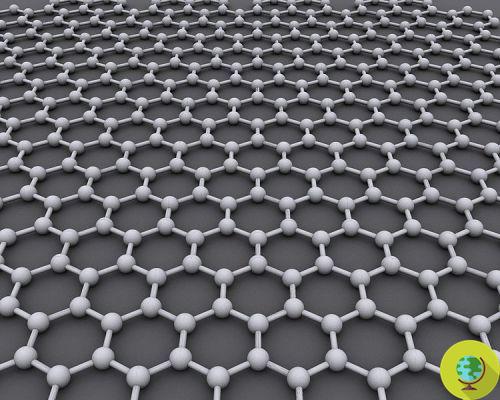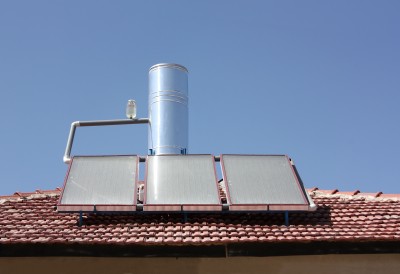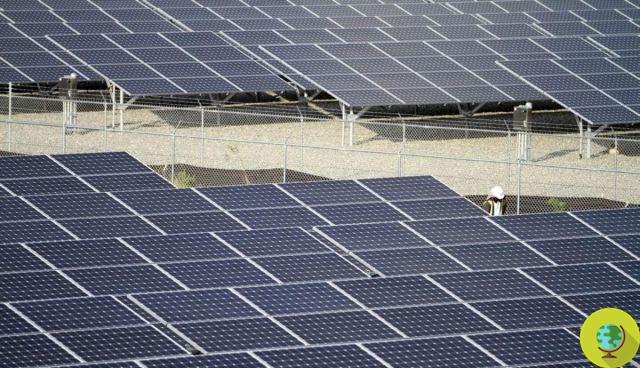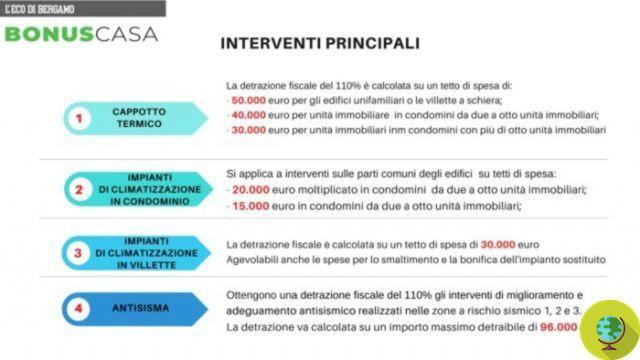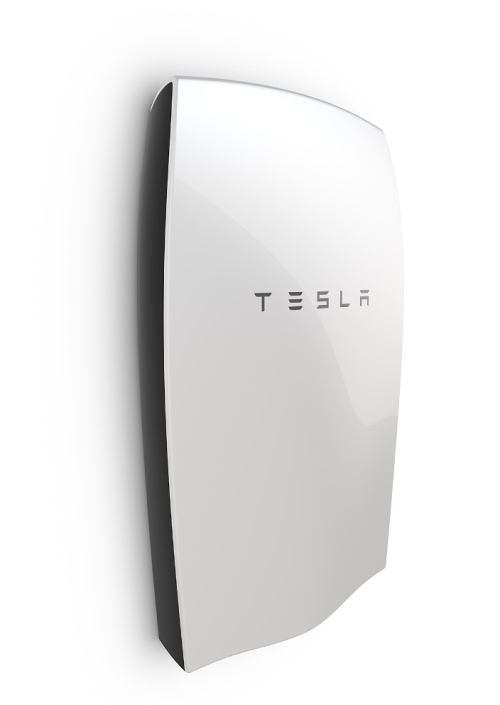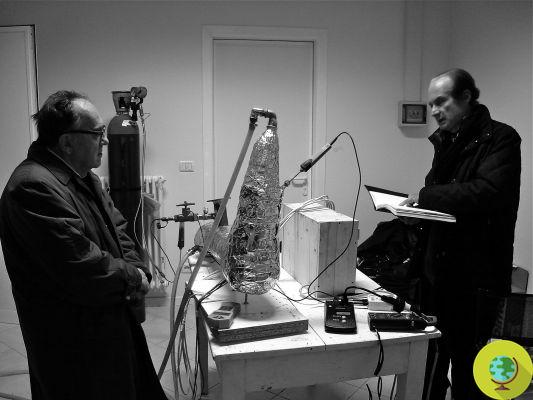Microwave ovens are harmful to the environment because they generate 7,7 million tonnes of carbon dioxide per year in Europe, equal to the emissions produced in the same period by 6,8 million cars. This was revealed by new research conducted by the University of Manchester. But is it really so?
He is about to end up run over, his mother saves him
Microwave ovens are harmful to the environment because they generate 7,7 million tonnes of carbon dioxide per year in Europe, equal to the emissions produced in the same period by 6,8 million cars. This was revealed by new research conducted by the University of Manchester. But is it really so?
The first comprehensive study on the environmental impacts of microwaves, which considers their entire life cycle, from "cradle to grave", is going around the world. But not everyone agrees with these results, considering the fact that the study did not make comparisons with other cooking methods.
Let's go in order. On our continent, these products consume approximately 9,4 terawatt hours (TWh) of electricity each year, the same electricity generated annually by three large gas plants.
Microwave ovens account for the highest percentage of sales of all types of ovens in the European Union, with numbers expected to reach nearly 135 million units by 2020. Despite this, the magnitude of their impact on the environment is up to now it was not well known.
Lo study used Life Cycle Assessment (LCA) to estimate the extent to which these household appliances affect the environment, taking into account their production, use and end-of-life waste management. Overall, the research team studied 12 different environmental factors, including climate change, natural resource depletion and toxicity. They found out that microwave ovens used in the EU emit 7,7 million tons of carbon dioxide, equal to those produced by 6,8 million cars.
Research shows that the main environmental "hotspots" are i materials used to produce the ovens, together with the production process and waste management at the end of the life cycle.
Production process
The manufacturing process alone contributes more than 20% to the depletion of natural resources and climate change.
End of life waste
As for the end of life, consumers tend to buy new appliances before existing ones fail completely, according to the study. As a result, discarded electrical equipment, such as ovens, is one of the growing wastes around the world.
In 2005, across the EU, 184.000 tonnes of electronic waste were generated from discarded microwaves. By 2025 this figure is estimated to reach 195.000 tons.
Consumption of electricity
But it is the electricity consumption of microwave ovens that has the greatest impact on the environment. The study found that, on average, a single oven consumes 573 kilowatt hours (kWh) of electricity over its estimated 8-year lifetime. This is equivalent to the energy consumed by a 7-watt LED bulb left on continuously for nearly 9 years. This is despite the fact that they spend more than 90% of their life in stand-by.
The study authors suggest that efforts to reduce consumption should focus on improving consumer awareness and behavior in the more efficient use of appliances. For example, the electricity consumption of microwaves can be reduced adapting the cooking time to the type of food.
Planned obsolescence?
Another important factor contributing to waste is a shortened life span of the ovens. Compared to 20 years ago, their life is about 7 years shorter. Research shows that the life cycle of a microwave oven has decreased from about 10 to 15 years between the late 90s and between six and eight years to date.
Il dott. Gallego-Schmid della School of Chemical Engineering & Analytical Science has explained:
"With microwaves accounting for the highest percentage of sales of all types of ovens in the EU, it is increasingly important to start addressing their impact on resource use and end-of-life waste."
The study also shows that existing regulation will not be sufficient to reduce the environmental impact of microwaves. For this, it is necessary to develop specific regulations for these devices aimed at their design. This will help reduce the amount of resources used to produce microwaves and waste at the end of their life.
But not everyone agrees. According to David Reay of the University of Edinburgh, the energy used by microwaves is lower than any other form of cooking. Another precaution is to turn them off completely after use and avoid leaving the flap open.
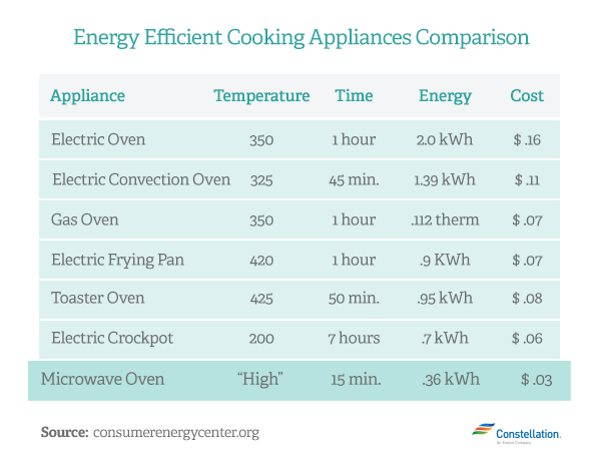
Foto: Consumer energy center
However, to be complete, the study should have compared the data collected for the ovens with the other cooking methods, and make it clear which is really the one with the least impact on the environment, also because it does not consider 'ghost' energy. such as that of the water used for cooking or that of the devices that remain in standby while continuing to consume electricity.
READ also:
- Microwave: 10 reasons to use it as little as possible
- 5 foods to never heat in the microwave
In short, to conclude: if on the one hand it is important to use the microwave efficiently, what makes the difference is the source of the electricity that powers them. More than microwave terrorism, we need "green electrons" to power all of our appliances, including refrigerators and washing machines.
Having said that, microwave remains a choice to be avoided, more than for the environment, perhaps, certainly for our health.
Francesca Mancuso







